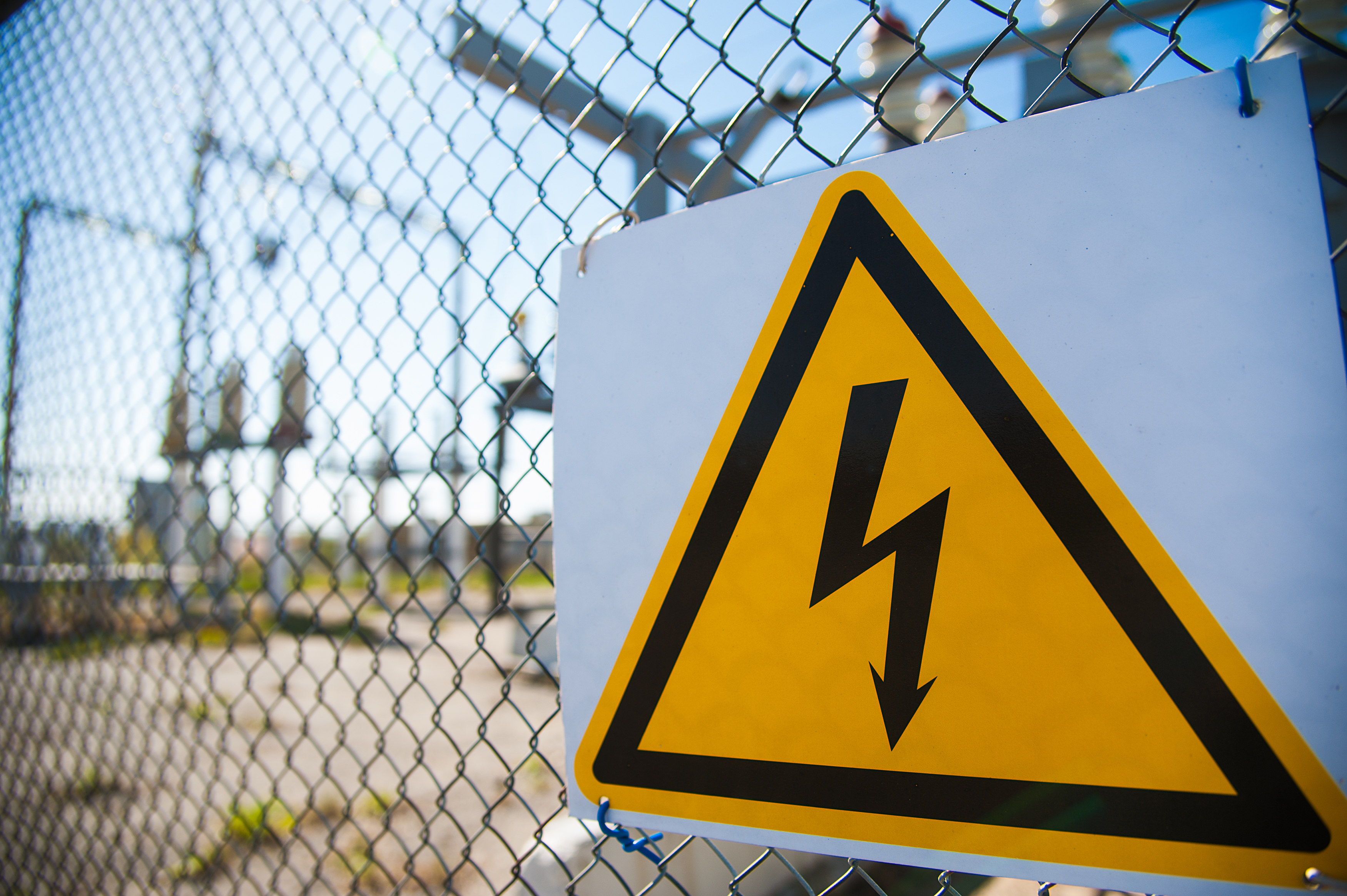While electricity has been one of the most revolutionary discoveries of modern times, it comes with some perils too. Accidental electrocution is one of the major causes of occupational deaths. Although there is some degree of risk involved in working with electricity, it is possible to keep the risk levels to the minimum. Often a little care and taking requisite safety measures can make all the difference. In a workplace, even a seemingly small tool like a safety switch can be a lifesaver.
Preventing electric shocks
Anyone working with electricity at the workplace should be provided with adequate safety tools. Apart from that, such people should be given training courses with an emphasis on electrical safety training. As the workplaces associated with industries such as engineering, construction, mining, fishing, agriculture, and forestry witness the highest number of deaths by electrocution, they need to be extra careful.
Working around live wires and cables is no child’s play. A little carelessness can prove too costly. One of the most effective means to minimise the dangers of electrocution is to practice good working habits. It will make your workplace safer.
Good work habits
Studies have shown that most electrical injuries could be avoided if people had been alerted to hazards. To promote a safer workplace, make sure that you follow the good work habits listed below.
● Be accountable – notice, report, and correct any electrical hazards
● Invest some extra time to inspect your equipment for wear and tear
● Keep your working area clean and dry to eliminate shock and fire hazards
● Always use and maintain the appropriate wiring, tools, and equipment. Don’t hesitate to take expert help to install new equipment and wires
● Make sure the electrical device is unplugged before you proceed to clean them. Always follow the manufacturer’s instructions while cleaning.
● Use tools and extension cords suitable for outdoor use if the device or workplace is outside or near a wet location. The circuits must be equipped with GFCIs.
● Don’t carry a tool by its cord, and they should be loosely coiled and kept in a dry environment.
● Beware of energised areas when reaching into an equipment
● Always make sure there is no voltage and use insulating gloves and tools while working with electricity.
● Arrangements such as shields, barriers, insulation, and GFCIs are there for a reason – to protect you. Never modify them to get a job done quicker
● Uncoil the extension cord completely before using
● Never use faulty equipment. Stop using the device immediately if it gives shock, heats up unusually, or emit odd smells. Check for faults before proceeding
● When it comes to electrical safety, be safe than sorry.
Personal protective equipment (PPE)
PPE is the first line of defence against shock and electrical burns. It can even save your life. Make sure you keep the gloves, boots, and other protective tools in good condition. Remember that electricity can pass through the smallest of holes.
Always wear non-conductive protection on your head, face, hands, and feet while working with electricity.
Remember – dirt and sog increases the risk of shock. Your PPE should be clean and dry.
As you can see, all these small and easy to practice methods can make a difference between life and death. Always get high-quality products as recommended by authorities.

